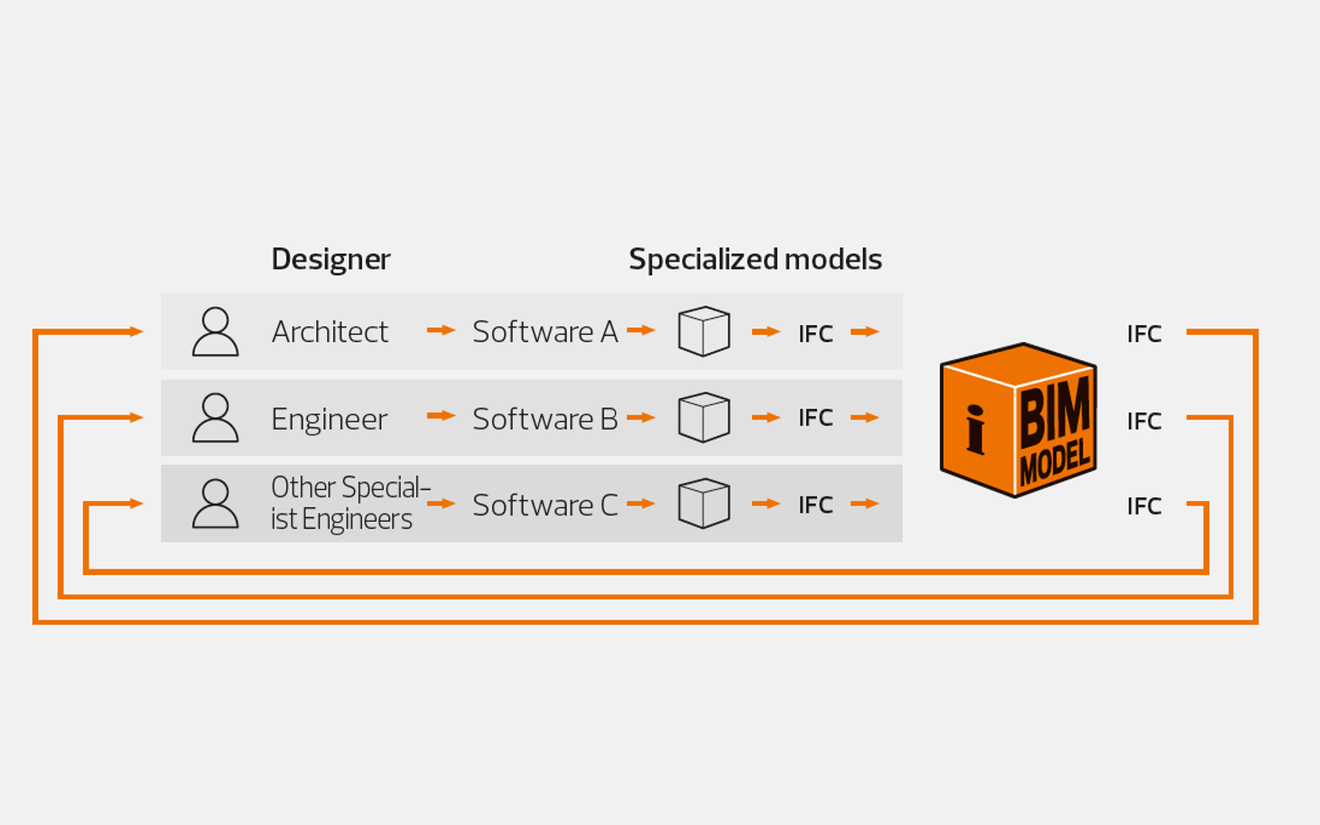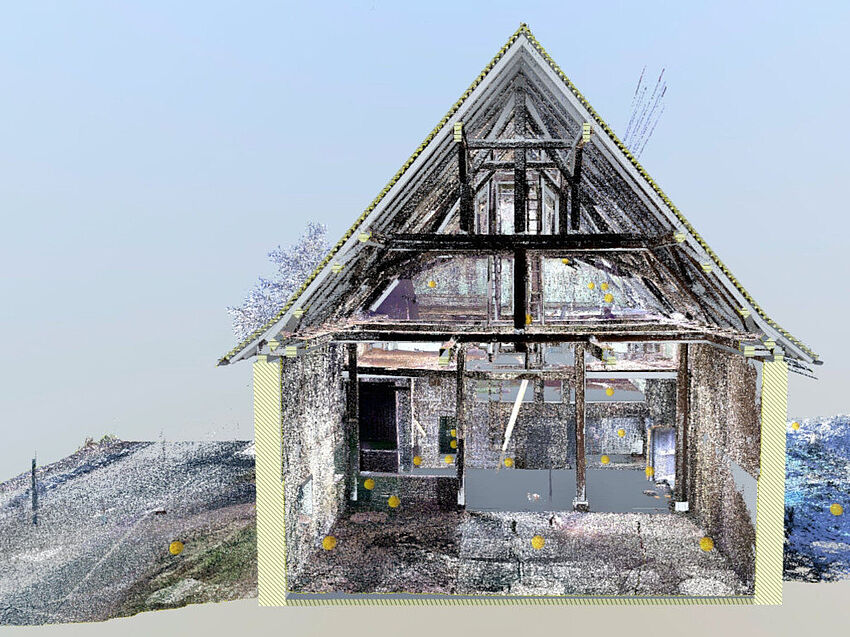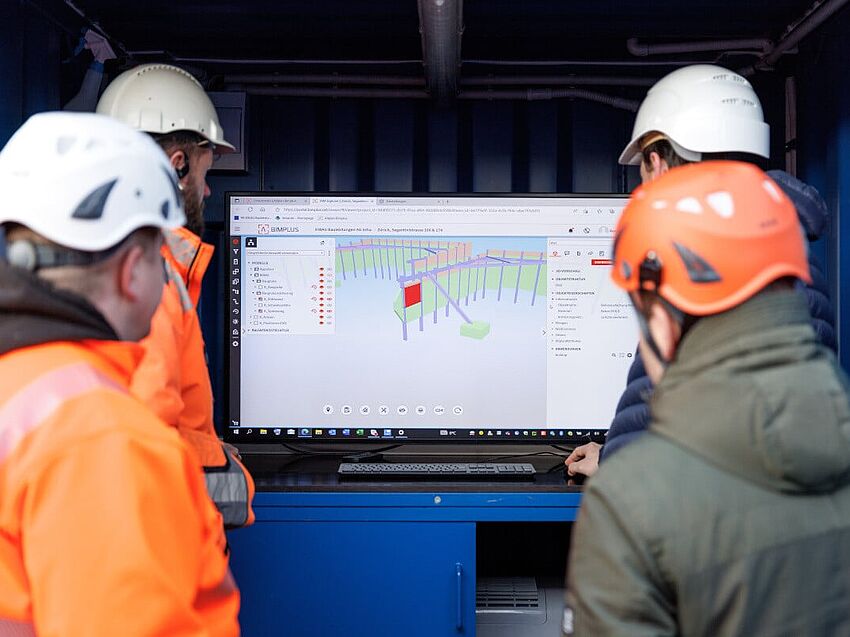The requirements on planning and construction are constantly increasing. This necessitates designers to maintain a constant overview, regardless of the project phase. This can only work if all the people involved in planning develop a project plan and communicate on an ongoing basis. In times of BIM, this includes the cross-platform exchange of project information. OpenBIM stands for the vision of unrestricted digital data exchange between all project participants.
Considering the history of BIM and digital design, openBIM is – in principle – the logical advancement of a liberal, digital design approach. It allows open, cross-platform, and manufacturer independent data exchange and archiving, based on the IFC format (Industry Foundation Classes), for which there is currently no alternative.
OpenBIM accompanies the design process from the construction phase right through to operation. Above all, it offers major advantages in this area, which are still undervalued to date. For example, an “as-built” model can be used to create a functional facilities management (FM) model for the subsequent building operation. OpenBIM supports the building lifecycle and the entire project management before, during, and after the building’s life expectancy.
OpenBIM and IFC continue to establish themselves
In the coming years, it’s primary purpose will be continuing to establish openBIM and develop IFC. IFC is an open standard for the digital description of building models (BIM models), and acts as the key to low-loss transfer of geometry information, building structures, and the associated properties (attributes) of a three-dimensional component.
BIM starts small - and gets bigger quickly
BIM – as well as openBIM –is a logical next step and is technically possible for every discipline to implement. In the coming years, digital design will be crucial to long term success in the AEC. What is unusual for the designer is that with BIM, they will become the “information manager,” among other things. They will have to create the basis for this new task using their chosen software, but also by adjusting work processes. Rethinking processes and office procedures will not immediately require complex IT, server, or cloud solutions. Today's BIM programs, with their extended functionality and potential, can be used in the first stage. Comprehensive training and reorientation of teams is important, since collaboration will be markedly different in the BIM workflow. BIM starts small. However, this quickly changes with the increasing complexity of tasks and projects. Then, it becomes imperative to optimize and professionally expand the technical infrastructure in the office. Virtual servers, secure backup solutions, cloud systems on licensed servers with data-protected server locations – these are just a few key considerations that arise as implementation progresses.
In our whitepaper "OpenBIM as a future standard for digital data exchange" you will learn more about how openBIM accompanies the entire process from the planning stage through the construction phase to operation.



